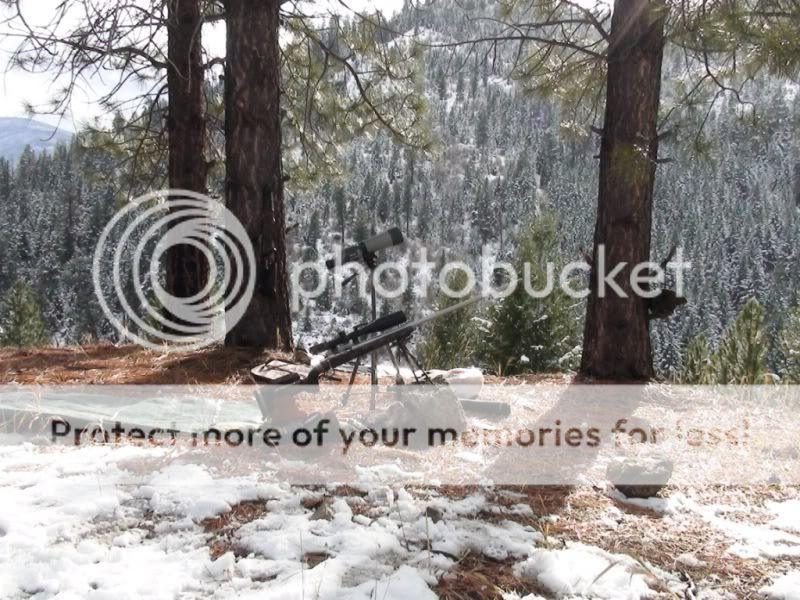CA48,
Not trying to hyjack this thread, just trying to give a detailed answer to the best ways of compensating for angled shots. Alot of people have these indicators on their guns but don't fully understand how to apply the data and get the most accurate corrections. I've used the Sierra calculation (that Michael gave) ever since the rockchuck lesson. Passing it on helps me remember it too. They say we learn best by teaching others.
sp6X6,
I can see how you use the cos indicator to come up with the same correction as using an angle indicator. I'll edit my earlier post. They both work as long as the math is done proper. Sorry for any confusion.
Ok fellas, I did all the math and checked it against the NF ballistic program more than once.
My PC version asks for the incline angle, not the cosine, so I'll refer to angle.
Based on 30 degrees vs level, here's what I came up with.
First, the new correction can be calculated and applied without a field ballistic program, we need an indicator of some sort and a basic scientific calculator.
We would need to have the total drop at X distance written down and the M 2 Z (correction needed) at X distance on level ground recorded too.
As already discussed, the Cosine of Angle times LOS distance doesn't work very precisely, but it is one of the simplest and fastest way to compensate to an extent.
The Cosine of Angle times correction on level ground doesn't work either, because our correction for distance never matches total drop. however, the closer the two numbers are to each other, the better this method could possibly work (one reason to zero at 100 yds and use a low mounted scope maybe).
Now this leaves two methods that match the ballistic program precisely.
1) 3 step manual calculation: Read the Cos or angle value from indicator and multiply by total drop at X distance. Subtract this number from the total drop. Subtract this new number from the level ground correction for same X distance.
(Cos 30 X 51.1 = 44.3) (51.1-44.3 = 6.8) (33.4 - 6.8 = 26.6)
Where 30 is angle, 51.1" is total drop at 500 yds, 33.4" is correction on level ground at 500 yds, and 26.6" would be the new correction for the 30 degree angle at same 500 yds.
2) Another manual calculation: Read the Cosine or angle value from indicator and Subtract it from 1 (1-CosA). Multiply this number by total drop at X distance. Subract this new number from the level ground correction for same X distance.
(51.1 X (1-Cos 30) = 6.8) (33.4-6.8 = 26.6)
Where 30 is angle, 51.1" is total drop at 500 yds, 33.4" is correction on level ground at 500 yds, and 26.6" would be the new correction for the 30 degree angle at same 500 yds.
Or, as Michael wrote: 33.4-(51.1(1-Cos30)) = 26.6" at the same 500 yds.
The second calc is simpler than the 1st with a basic scientific calculator, less key strokes. Third example is faster still.
Either one could be done with a basic spreadsheet app if you don't have access to a field ballistic app too. But I am not the person to design the spreadsheet, I understand the trig way more than I understand a computer, LoL.

